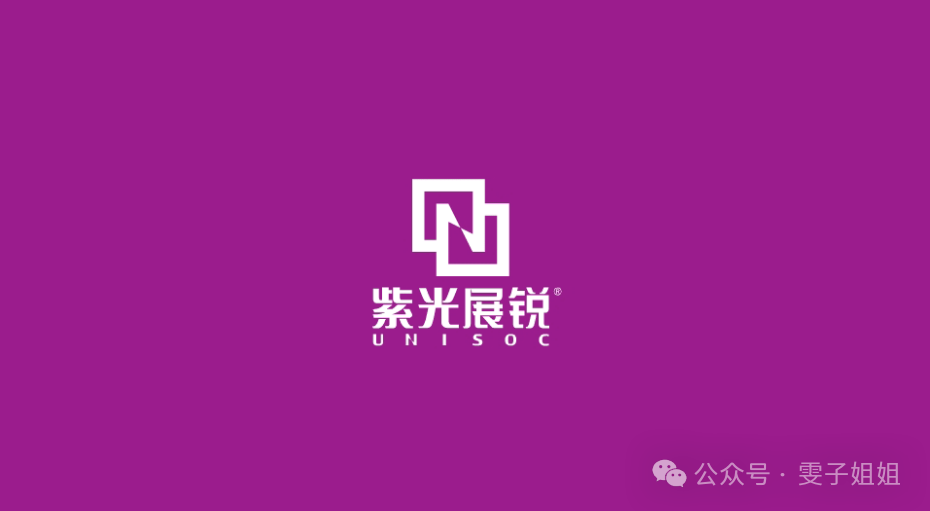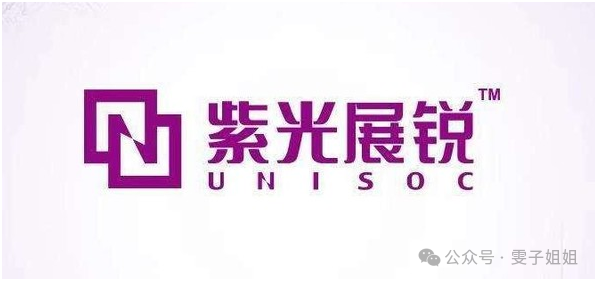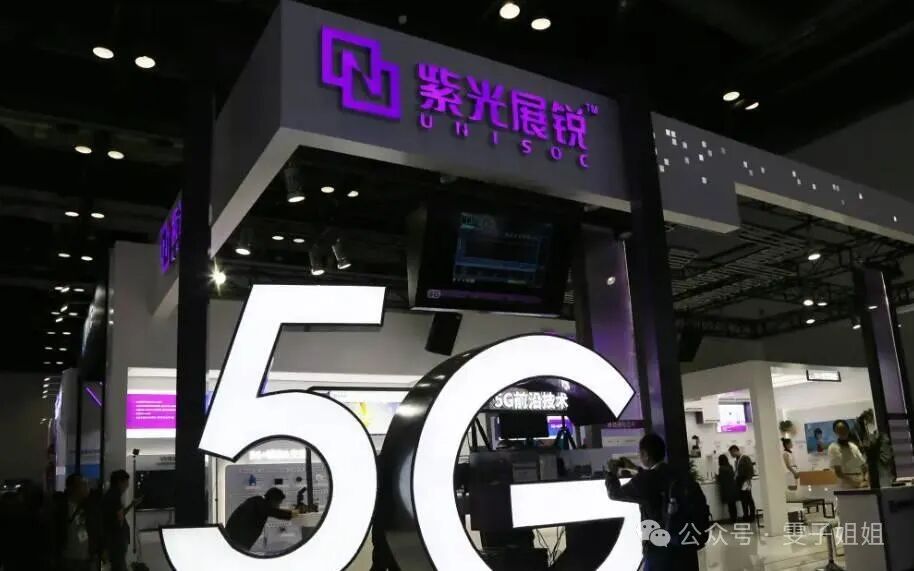
Click the blue text to follow us
“Why is it Unisoc again?”“Bro, are you sure you saw it right? Is XX phone really using a domestic processor?”“Wow, this is a sign of change!”
Recently, the tech circle has been buzzing with a major announcement — six well-known smartphone manufacturers will adopt Unisoc’s SoC chips. Yes, it’s the Unisoc that is often joked about as the “standard configuration for budget phones.” And even more exciting is that this includes several major players in the Chinese market.
Is the “duopoly” of Qualcomm and MediaTek about to change?

To understand the significance of this “breakthrough of domestic chips,” we need to first review the basics of the smartphone chip landscape.
The smartphone processor market has long been dominated by Qualcomm and MediaTek.Qualcomm occupies nearly 90% of the high-end market with its top-tier flagship chips, while MediaTek has leveraged cost-effectiveness to thrive in the mid-range and low-end markets. Domestic manufacturers? Just sit back and watch.
However, the winds have changed in the past two years. On one hand, Qualcomm’s pride in “pricing” has left smartphone manufacturers struggling — with flagship chips often costing over $100 in licensing fees, this is a heavy burden in the current global inflation context. On the other hand, Unisoc, the dark horse, has not been idle.It took Unisoc less than 20 years to evolve from a “follower” in the 2G era to fully mastering 5G technology.
The key point is that Unisoc is no longer just a “small workshop” that only makes low-end chips.The newly released T9100 series can now compete with MediaTek’s Dimensity series in terms of benchmark scores, power consumption, and process technology.
This time, Unisoc is indeed holding a big card.

So the question arises: which six manufacturers are bold enough to make this move?
According to industry insiders, Honor, Xiaomi, realme, and vivo are among them, with two other international brands making significant strides in the Indian market. This lineup is, to be honest, quite “heavyweight”.
First, let’s talk about technical strength. How powerful is Unisoc’s newly released T9100 processor? In simple terms:6nm process technology + 2.7GHz clock speed + 8.0 TOPS AI computing power. If you don’t understand these numbers, no worries — in layman’s terms, this chip is capable of handling 95% of everyday application scenarios, including heavy games like Honor of Kings at a stable 60 frames per second.
Moreover, Unisoc’s “trump card” doesn’t stop there.RedCap technology reduces the cost of 5G terminals by nearly 40%, which strikes at the pain points of Qualcomm and MediaTek. No wonder analysts say, “Unisoc is aiming to shake things up in the mid-range market!”
But what truly shakes the industry is Unisoc’s “combination punch”:
-
• Launching 15 different SoC products within a year
-
• Providing “one-stop” technical support, covering everything from solutions to optimization
-
• Prices… reportedly 30% cheaper than MediaTek
Netizens joke: “Is this going to take away Qualcomm and MediaTek’s lunch?”
However, some industry insiders are pouring cold water: “It’s easy to engage in a price war in the mid-range market, but to bite into the high-end market, Unisoc still has to wait a bit longer.”

So the question arises: can Unisoc really carve out a niche in the deep waters of smartphone chips?
The answer is probably not that simple. First, let’s talk about strength comparison, from objective data, Unisoc still does not reach the level of the Snapdragon 8 series, especially in GPU performance and AI computing power, where there is still a 20%-30% gap. But this gap may not be the most critical.
What is truly worth noting are two other points:
First, the market landscape is undergoing subtle changes.Smartphone manufacturers are starting to grow weary of the “single supplier” model. The Huawei incident taught everyone a lesson: the risks of over-reliance on a single technology supplier are too great. From this perspective, supporting Unisoc as a “substitute player” is, to some extent, a form of self-protection for smartphone manufacturers.
Second, the cost-performance advantage is transforming into innovation momentum. Interestingly, Unisoc is not just competing on price, but is opening new battlefields in niche markets. For example, dedicated chips for IoT devices and solutions for automotive communication. These seemingly non-mainstream markets are actually helping Unisoc accumulate core technological strength.
But the most critical shift may be this:The smartphone market is entering a new phase of “good enough”. Do ordinary users really need those benchmark scores that often exceed a thousand? What does performance surplus bring? The answers to these questions may redefine the competitive rules of the entire industry.

Having reached this point, I believe everyone understands why Unisoc has suddenly “taken off”. This is not just a technological breakthrough, but a complete reshuffling of the entire smartphone industry chain.
From “only able to make low-end” to “daring to compete in the mid-range,” and now to “touching the high-end,” Unisoc’s evolution path is actually a microcosm of the growth of domestic chips. And that new market philosophy of “good enough” may be the real winning formula.
After all, cost-performance ratio is the eternal truth, isn’t it?